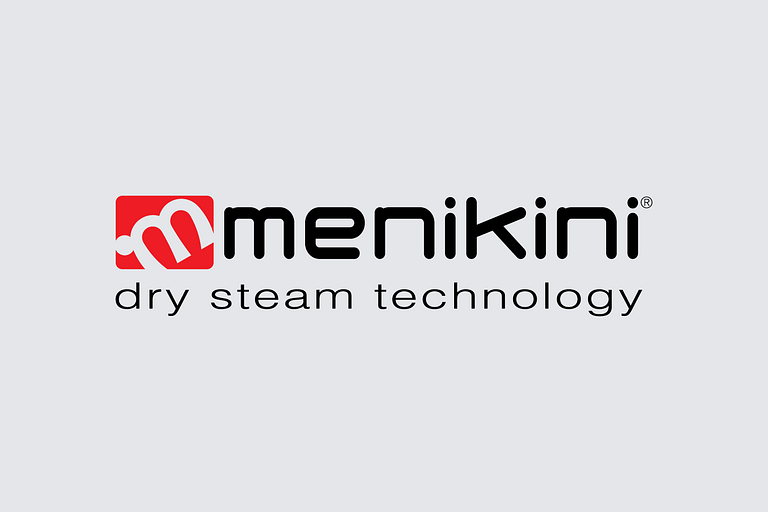Technology is increasingly changing our daily habits and the way we do business. Among companies we hear more and more about digital transformation, but what is it actually?
Digital transformation means introducing new technologies, enhancing current ones, changing business models and processes. But it also means starting with cultural change.
In this article we discuss what digital transformation is and what its benefits are for a company.
What is digital transformation and why is it important
Digital transformation is a cultural shift that pushes companies to experiment with new digital tools.
It means implementing new business models and greater use of technology in order to improve the experience of employees, customers, suppliers, partners and all parts of the organization.
Digital transformation, then, is related to the great impact of technologies on society, public organizations and businesses. But it does not only mean digitizing departments.
The inclusion of technology does not just aim to replicate an existing service in a digital form. Technology and software are means of rethinking processes and transmitting a digital culture within the company.
Adapting the company to digital transformation means making it ready to respond to market needs.
In fact, it helps you speed up and automate processes, saving time and resources, increasing operational efficiency in any area, from marketing to administration to internal resource management.
And it allows you to respond to customers' needs more immediately, enhancing their experience with your brand.
The 6 pillars of digital transformation
So digital transformation affects not only technology, but the entire business organization.
To implement it, companies need to consider several aspects; in fact, digital transformation is based on six basic pillars.
1. Customer-oriented strategy
Without a clear business strategy focused on customer satisfaction, digital transformation cannot be realized.
Customer experience must be put first, because the focus should no longer be on products but on the lived experience.
You need, therefore, to understand how your customers experience the relationship with your company. You need to understand the customer journey, that is, the path, behavior and expectations of customers.
This will help you create an appropriate and functional strategy, evaluating new scenarios and options.
2. People
People are one of the key aspects of digital transformation.
Without the right skills or without investing in personnel, your company will not be able to compete with the most innovative businesses on the digital transformation front.
Thus, the CEO's job will be to redefine the kind of human resources you want within your team: people who are not afraid to put themselves on the line or take risks in the face of new things.
3. Software and innovation
Adopting the right tools and software is critical to your company's digital transformation.
Flexible software that can be customized to your business, agile flows and automation, easy-to-use programs-all are tools designed to simplify the management of your business processes and increase the speed of operations.
It is important that we work toward innovation, toward finding new solutions, new technologies, and new strategies that make business more and more efficient. For example, the use of a document management system makes it possible to organize workflows between people by speeding them up.
Fundamental at the software level are a few aspects:
- Automation: speeds up processes and makes routine activities more efficient.
- Dematerialization: not only filing of documents, but also managing new logics of interaction and sharing among workers.
- Virtualization: with state-of-the-art software programming, physical resources become logical resources managed by a single centralized dashboard.
- Cloud Computing: to take advantage of hardware and software through remote servers, the use of which is offered as a service by a provider, as in the case of on-demand.
- Mobile: mobile devices increase productivity, availability and flexibility in the world of work.
4. Looking at change
Digital transformation cannot exist without change. We are in a new world, and you can no longer use the same models; you have to focus on thecontinuous evolution of digital.
This allows one to look at the market with fresh eyes. A corporate culture that is open to new things allows one to see new opportunities, to find new perspectives for action in a changing landscape.
Therefore, it is crucial to provide the tools that enable them to manage change, understand it and embrace it, creating an environment of conducive to innovation and skill sharing.
5. Leadership
If you want your company to transform, the revolution must be incentivized and supported from the top.
You won't have to take anything for granted: a good manager is always ready to lead by example, showing himself or herself at the forefront at every stage of change.
The change starts with CEOs and managers abandoning authoritative roles to become the guide in order to adapt the organization to the current environment and prepare it for the future by better integrating technologies, behaviors, and relationships.
6. Corporate culture
Digital transformation is a radical change in the way business is conceived in light of the arrival and spread of digital technologies.
Therefore, it calls for the need to put in place a new culture, one that embraces change, encourages curiosity and innovation, focuses on choosing new software to optimize business processes, and keeps the company's mission adherent to all of this.
Digital transformation: what are its benefits
To stand out in an increasingly competitive marketplace, it is critical for companies to embrace new trends in the digital world.
Using efficient software enables companies to respond to market demands by increasing productivity and revenue.
Digital transformation enables:
- Reduce bureaucracy;
- Making daily operations faster;
- Lower costs (such as those related to filing and paperwork);
- Increase job security and data protection.
Not only that, it creates an optimal work environment for employees by redistributing tasks, speeding up collaboration, and leading to greater well-being and productivity for each employee.
These are the main benefits of digitization for businesses:
- Improving the customer experience: new software, social media, and apps address users' need to make their lives easier. So the main goal of digital transformation is to use technology to improve the customer (and employee) experience.
- Enhancement of human resources: creating a work environment that is attentive to the needs and new requirements of employees.
- Speed of work management: digitization makes it possible to implement new services and improve the timing of management of processes and activities. For example, in the industrial manufacturing sector, software enables faster warehouse and logistics management, better sales and customer care oversight, and speed of customer response.
- Targeting smart business: one of the great benefits of digitization (thanks to business intelligence) is the ability to obtain more structured data and information, about customers or social media interactions, so that companies can improve their economic strategies.
In what areas it is applied
Digital technology can be applied to various aspects of business management to provide services that are always up-to-date and highly competitive in the market, including:
- Business management: digital transformation allows many business areas, from marketing to business operations, to be optimized by managing them with efficient and high-performance tools.
- Business processes: business processes are refined, computerized and automated, making them more effective. Operations and activities are connected to achieve a specific business goal.
- Business models: digital transformation affects business models, the way companies function, relate to customers, monitor their behavior, obtain data and analyze it.
- The user experience: through the use of new tools, the user experience can be improved, simplifying user-business interactions and bringing benefits in terms of sales and satisfaction.
Rapido ECS: the document and workflow management solution from DueEsseTi
Rapido ECS is the solution proposed by DueEsseTi to support the digital transformation of companies through an effective document and workflow management system.
This platform makes it possible to automate business processes, improving efficiency and reducing the time it takes to execute operations.
Rapido ECS makes it easy to manage and store documents in a secure and organized manner, providing immediate access to the information you need.
In addition, the system supports companies in maintaining regulatory compliance through complete traceability of documents and processes.
Connect people, processes and activities by digitizing flows
Discover our Rapido-ECS® software with which you can digitize documents and processes: contact us!



